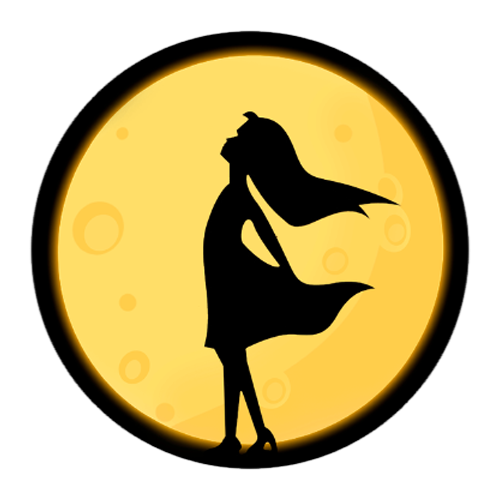Reviewing ZWO's ASI533MC Pro Astronomy Camera
- Katherine Miller
- Apr 7, 2022
- 3 min read
Updated: Nov 3, 2024
Whenever I see a post on social media asking for recommendations on which dedicated astrophotography camera to buy, I respond, in caps, with plenty of heart eye emoji's 'GET THE ASI533 OSC IT IS A BEAST'! And this is pretty well supported by several comment likes and replies of agreement. Why? Well, because it is a BEAST! If you want to make the switch from a DSLR to a dedicated astrophotography camera, the ASI533 is a perfect choice. The stats are great. The price tag is better and, the results are phenomenal.

The ASI533 uses a Sony IMX533 sensor. This sensor is back-illuminated (improved sensitivity and noise reduction) and has a resolution of 3008 by 3008 megapixels. Don't be put off by the square format of this sensor. I found it beneficial, especially when completing mosaics, and the images are already perfectly sized for your Instagram feed.
The ASI533 boasts a generous 3.76 um pixel size, making it compatible with focal lengths of around 400 millimetres to 1100 millimetres before any over or under-sampling occurs. This camera can be used with shorter or longer focal lengths when dithering or binning.
When it comes to read noise and quantum efficiency (QE), this camera rivals most monochrome! The ASI533 has a read noise of only 1.0e and an 80 percent QE measurement. Comparatively, the popular ASI1600 Pro mono has a read noise of 1.2e, a 60 percent QE measurement and a higher price tag. The ASI1600 does have its own merits. I would recommend the ASI1600 camera amongst others like the ASI2600 if you wanted to upgrade from the ASI533. Plus the ASI533 also has zero amp glow, so if you are like me and can sometimes be a bit on the lazy side, you don't need to worry about dark frames if you don't want to.
I purchased the camera directly from ZWO. Delivery was about a week and it was packaged well. The camera came with a USB 3.0 cable, a USB 2.0 cable, a carry case, spacers and extenders. The camera felt solid and connecting it to my mount was a breeze thanks to the diagrams on the ZWO website.
The camera did not come with a power lead for the cooling fan. You can purchase that from ZWO. However, I brought mine from a local supplier.
I had begun my astrophotography journey a few months before purchasing the ASI533, I started with just my DSLR. I thought the switch may be a little complicated. But there were no issues during 'first light' because ZWO had all the required drivers on their website. It was literally 'plug and play'. I decided to start with The Great Carina Nebula, a popular southern hemisphere deep-sky object (DSO). Making the switch from a DSLR to a dedicated astrophotography camera was instantly validated when that first exposure appeared on the screen.

The settings I used for this 'first light' image were 40 individual exposures at 250-seconds each, making the total exposure time, once stacked, to about 2 hours and 30 minutes. I had the gain set to 101, the offset was 15 and the camera cooled to -5 degrees Celcius. I did not use any calibration frames, only a CLS-CCD filter from Optolong.
I have been using the ASI533 for over a year now, and it is still performing like a beast. If anything, I would say that the ASI533 has grown with me. As I have become more skilled at acquisition and post-processing, the ASI533 is always up to the challenge. Maybe I don't know enough about all the technical aspects of astrophotography cameras but I can not find fault with the ASI533. I do, sometimes wish I had a wider field of view (FOV). I pair my ASI533 with a 6 inch Newtonian which has a focal length of 750mm. This gives me a great FOV on most DSOs. However to image the entire region for targets such as The Carina Nebula or The Rosette Nebula I am required to do so by combining panels into a mosaic. This is easy enough, as I mentioned, the ASI533 makes mosaics a breeze. I have heard some other users struggle to cool the camera, I have not had this issue. Even in the muggy, humid summer nights of Queensland Australia my ASI533 has reached target temperature within a few minutes. So if you are on a tight budget, I highly recommend the ASI533, which was originally released as a one-shot colour camera, but now also comes in a monochrome version! That has to be a good indication of this cameras success.
Examples of recent images as of February 2022:






